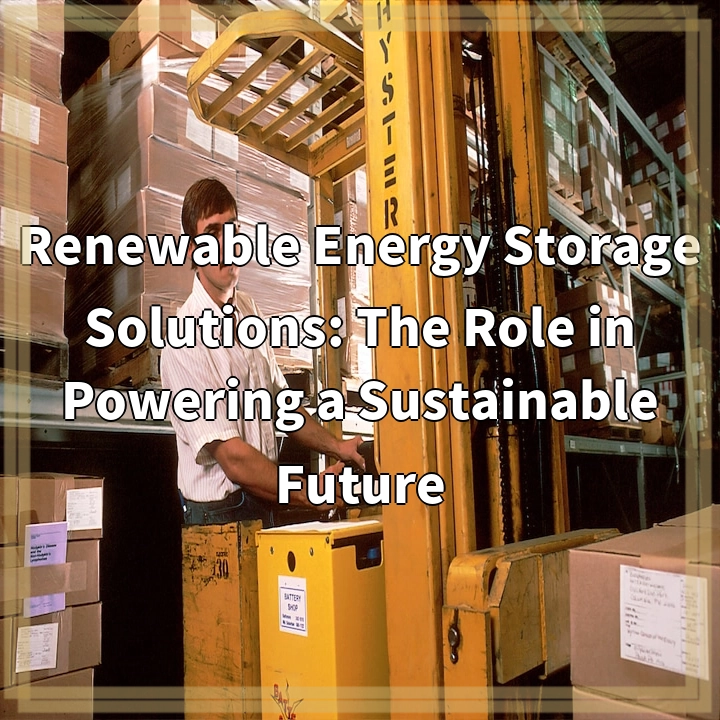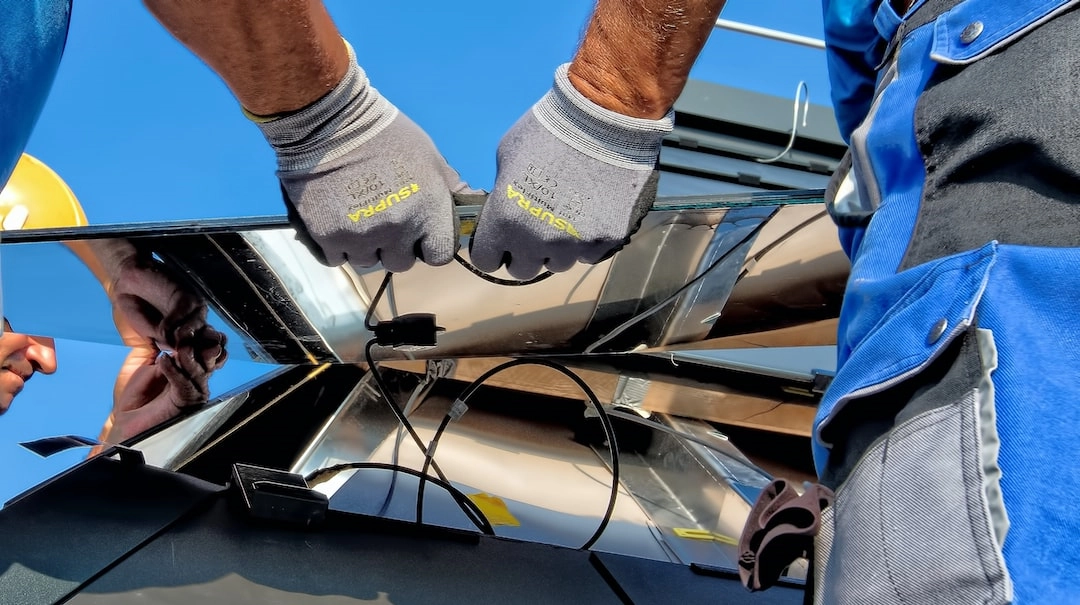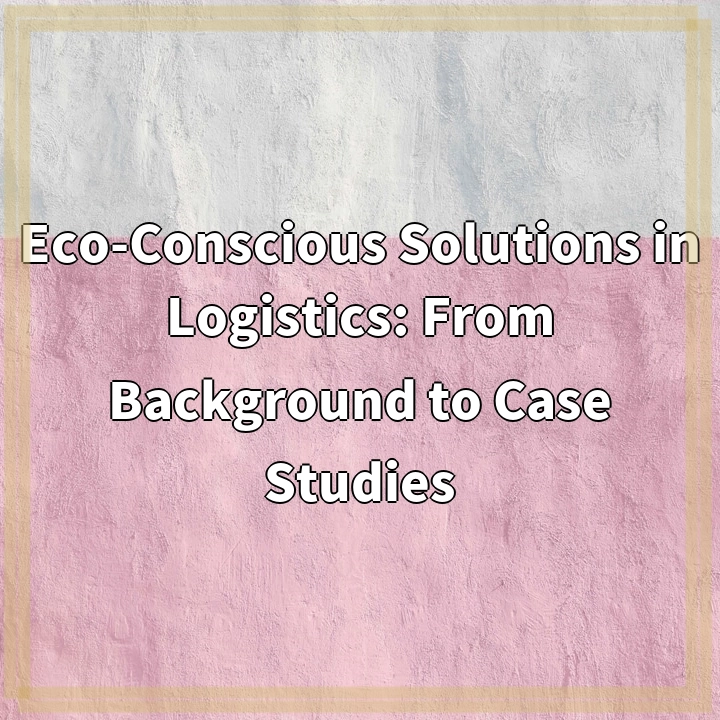
Renewable Energy Storage Solutions: The Role in Powering a Sustainable Future
What it is:
Renewable energy storage solutions play a crucial role in the transition to a more sustainable future. As we increasingly rely on renewable energy sources like solar and wind power, the need for efficient and reliable energy storage systems becomes evident. These solutions allow us to capture and store excess energy during times of high generation and release it when demand is high or when renewable energy sources are not actively producing.
Real-World Problems:
While renewable energy storage solutions offer immense potential, they also face some challenges in practice. Here are a few real-world problems associated with these technologies:
1. Cost:
One of the primary challenges is the cost of implementing energy storage systems. The initial investment in equipment and infrastructure can be significant, making it difficult for some regions or communities to adopt these solutions on a large scale. However, advancements in technology and economies of scale are gradually driving down costs, making energy storage more accessible to a broader range of stakeholders.
2. Scalability:
Another challenge is ensuring that energy storage solutions are scalable to meet the increasing demands of renewable energy integration. As more renewable energy sources come online, the ability to store and distribute that energy reliably becomes critical. Developing storage technologies that can scale easily and integrate seamlessly with existing infrastructure is crucial for the widespread adoption of renewable energy storage systems.
3. Environmental Impact:
While renewable energy storage solutions contribute to reducing greenhouse gas emissions, the manufacturing and disposal of storage devices can have environmental implications. For instance, the production of lithium-ion batteries, commonly used in energy storage systems, involves resource extraction and uses chemicals that can be harmful to the environment. It’s important to consider the life cycle impacts and find sustainable solutions that minimize the environmental footprint of these technologies.
4. Technical Limitations:
Certain energy storage technologies may still have technical limitations, such as limited charging and discharging rates or a finite lifespan. Overcoming these limitations requires ongoing research and development to improve the efficiency, performance, and durability of energy storage systems.
Despite these challenges, renewable energy storage solutions hold immense promise in enabling a clean and sustainable energy future. By addressing these real-world problems and continuing to innovate in the field, we can overcome barriers and unlock the full potential of renewable energy sources, paving the way for a greener and more resilient energy system.

Renewable Energy Storage Solutions: The Role in Powering a Sustainable Future
Solutions:
While renewable energy storage solutions face real-world challenges, there are several solutions that can help overcome these obstacles and maximize their potential:
1. Cost Reduction and Financial Incentives:
To address the cost barrier, efforts should be made to reduce the overall cost of energy storage technologies through research, development, and economies of scale. Additionally, governments and organizations can provide financial incentives such as grants, tax credits, and subsidies to encourage the adoption of renewable energy storage systems.
2. Research and Innovation:
Investing in research and development is crucial to improving the scalability, efficiency, and performance of energy storage technologies. Continued innovation can lead to the development of more affordable and efficient storage solutions that can be widely deployed.
3. Sustainable Manufacturing and Recycling:
To minimize the environmental impact of energy storage systems, manufacturers should prioritize sustainable practices during production. This includes using environmentally friendly materials, reducing resource consumption, and implementing efficient recycling programs to properly handle and repurpose end-of-life storage devices.
4. Integration with Smart Grids:
Integrating renewable energy storage systems with smart grids can optimize the utilization of energy resources. By leveraging advanced technologies and intelligent algorithms, energy storage can be effectively managed and integrated into the grid, maximizing the reliability and efficiency of renewable energy sources.
By implementing these solutions, we can accelerate the transition to a sustainable energy future powered by renewable energy storage. Overcoming challenges, investing in research, and adopting innovative approaches will unlock the full potential of renewable energy storage solutions, driving us closer to a greener and more resilient energy system.















